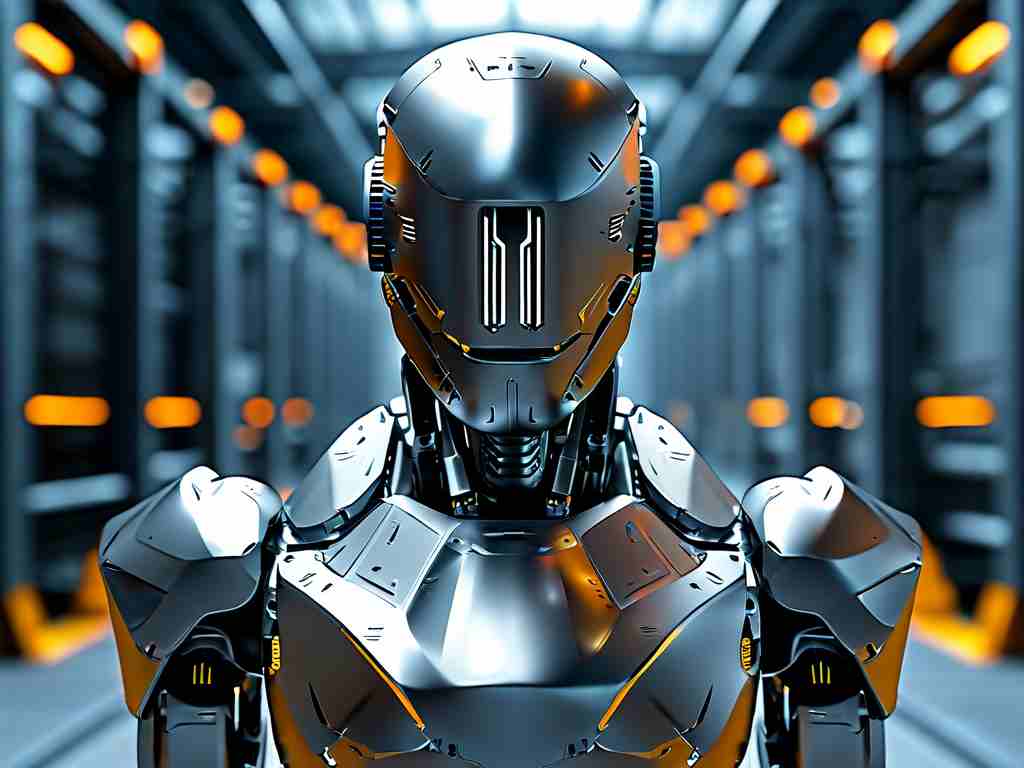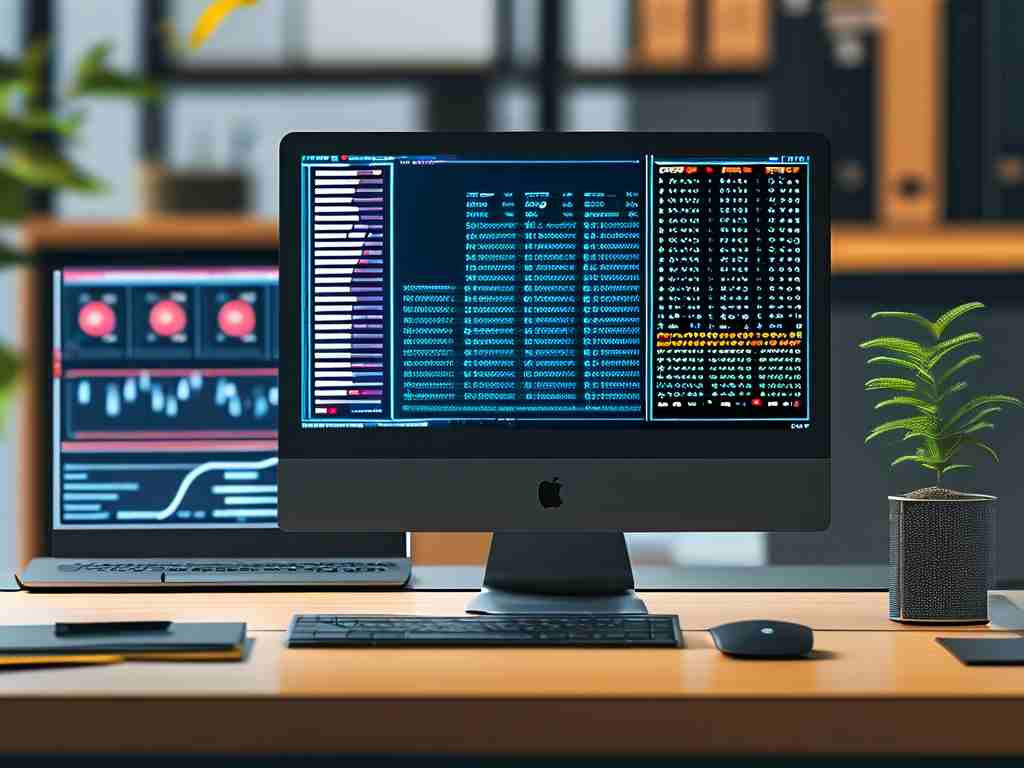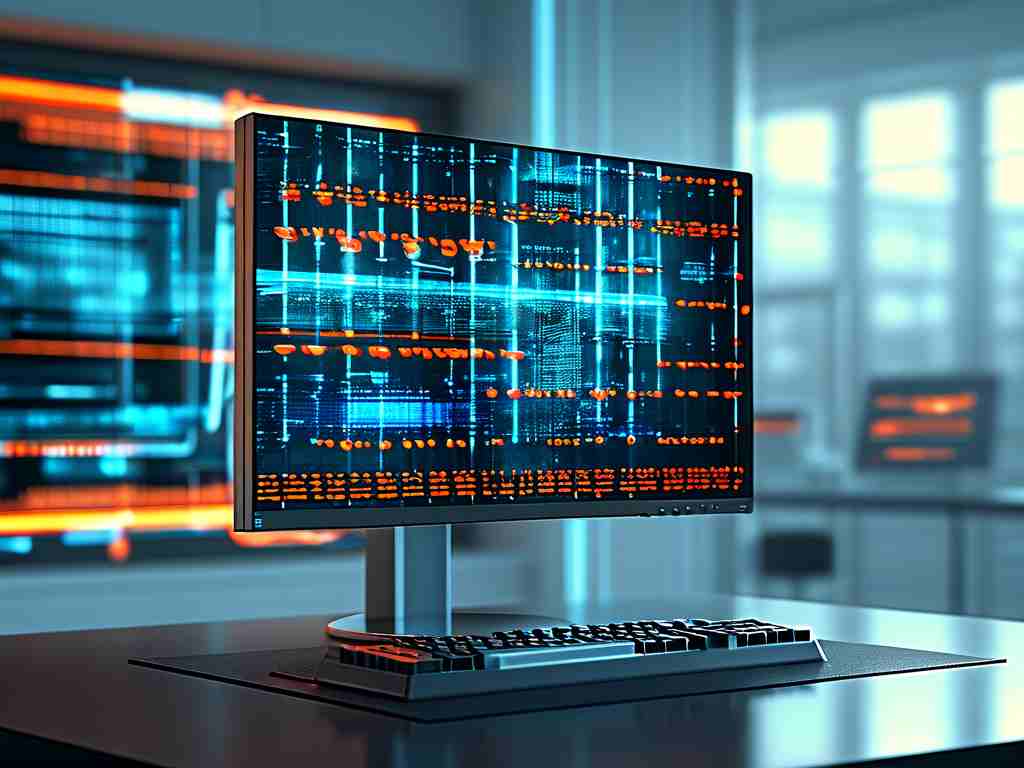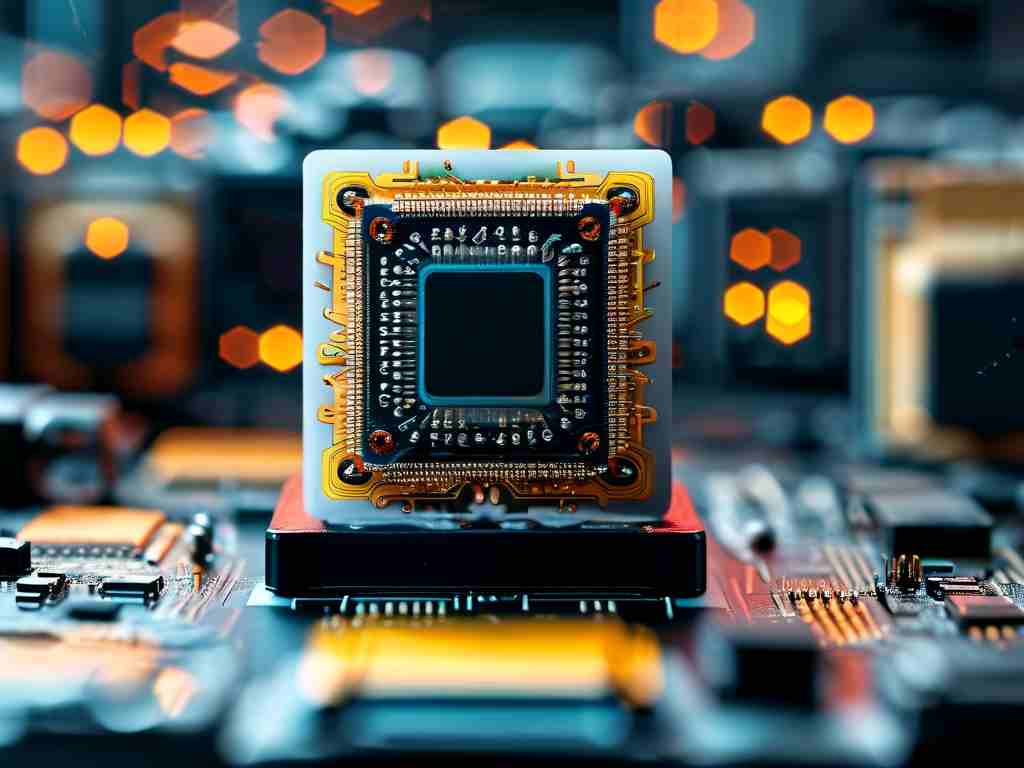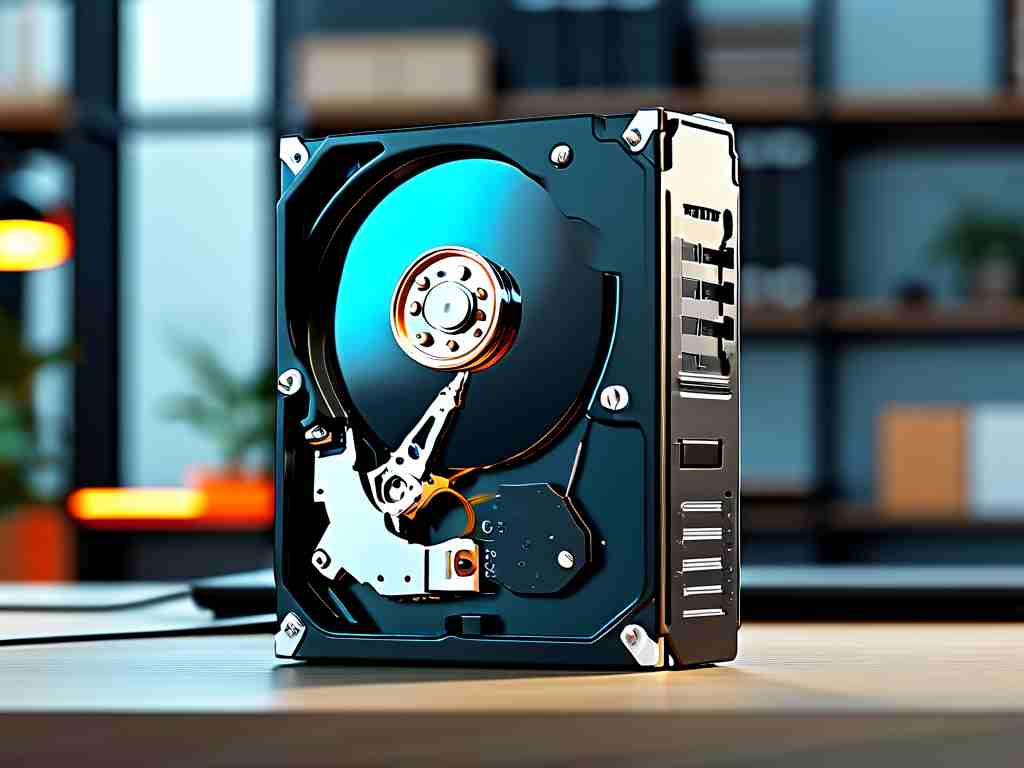In today’s fast-paced digital world, efficient memory management is critical for ensuring seamless device performance. Huawei, a global leader in telecommunications and consumer electronics, has developed cutting-edge software solutions to address memory optimization challenges. This article explores Huawei’s memory management technologies, their impact on device efficiency, and how they stand out in a competitive market.
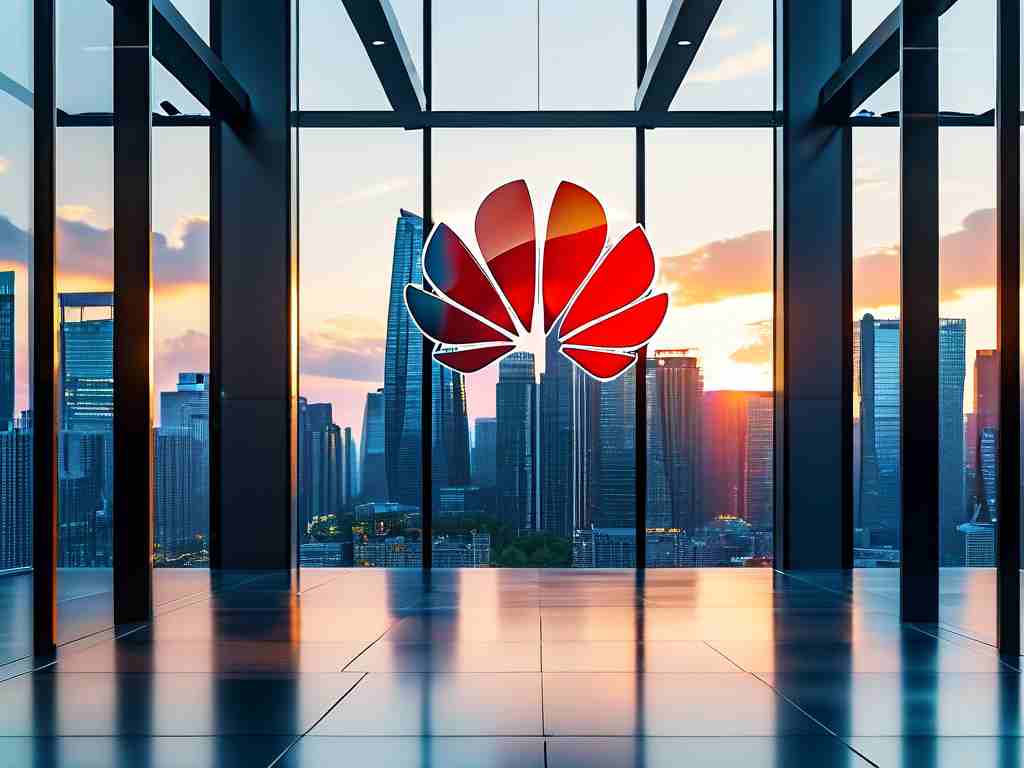
The Evolution of Memory Management
As mobile applications grow more complex and resource-intensive, managing limited device memory becomes a pressing concern. Traditional memory management methods often struggle to balance background processes, user applications, and system stability. Huawei recognized this gap early and invested in software-driven solutions to optimize memory allocation dynamically. Their approach combines AI algorithms, predictive analytics, and real-time monitoring to ensure smoother multitasking and longer device lifespan.
Key Features of Huawei’s Memory Optimization Tools
-
AI-Powered Resource Allocation
Huawei’s software leverages machine learning to analyze usage patterns. By predicting which apps a user is likely to open next, it pre-allocates resources while intelligently closing inactive processes. For example, if a user frequently switches between social media and productivity apps, the system prioritizes these in memory without overloading the device. -
Deep-Level System Integration
Unlike third-party optimization apps, Huawei’s tools are embedded within the EMUI (now HarmonyOS) ecosystem. This allows deeper access to system processes, enabling features like “Smart Cleaner,” which automatically removes redundant cache files and resets misbehaving apps. -
Energy Efficiency
Memory management isn’t just about speed—it also impacts battery life. Huawei’s algorithms reduce unnecessary background activity, which minimizes CPU load and power consumption. Tests on devices like the Mate series show up to 15% improvement in battery endurance after enabling these features.
Case Study: Enhancing Gaming Performance
Mobile gaming is a prime example of Huawei’s memory optimization in action. Games like Genshin Impact demand significant RAM and processing power. Huawei’s “GPU Turbo” technology works alongside memory management tools to allocate resources dynamically. During gameplay, non-essential background tasks are temporarily paused, ensuring stable frame rates and reduced latency. Users report fewer crashes and smoother experiences even on mid-range devices like the Nova series.
Competing in a Crowded Market
While other brands like Samsung and Xiaomi offer similar tools, Huawei differentiates itself through tighter hardware-software integration. For instance, their proprietary Kirin chipsets include dedicated neural processing units (NPUs) that enhance AI-driven memory decisions. Additionally, HarmonyOS’s microkernel architecture allows for more granular control over resource distribution compared to Android-based systems.
User Feedback and Industry Recognition
Consumer reviews highlight noticeable improvements in app launch speeds and multitasking capabilities. Tech analysts have also applauded Huawei’s proactive approach; the company’s whitepapers on memory optimization are frequently cited in industry reports. However, some critics argue that aggressive background process termination could disrupt notifications for messaging apps—a trade-off Huawei aims to address in future updates.
Future Directions
Looking ahead, Huawei plans to integrate quantum computing principles into memory management. Early prototypes suggest that quantum algorithms could solve resource allocation problems exponentially faster than classical methods. The company is also exploring collaborative AI, where devices learn collectively from user behavior across ecosystems, further refining memory optimization.
Huawei’s memory management software exemplifies how innovation can transform user experiences. By blending AI, system-level integration, and energy-aware design, the company sets a high bar for competitors. As devices continue to evolve, such technologies will play a pivotal role in delivering the speed, reliability, and efficiency that modern users demand.



